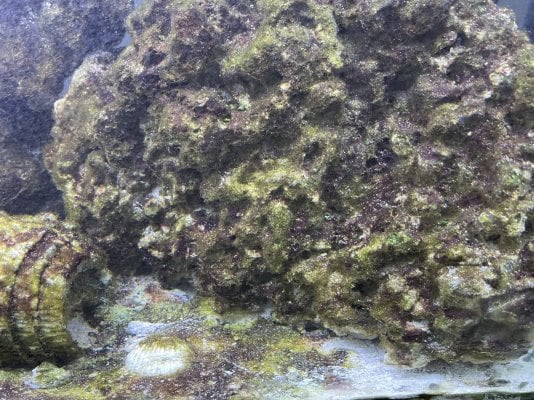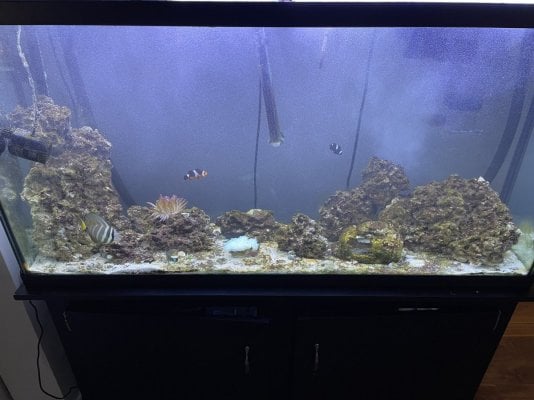Hi and welcome to r2r,hope all is well.cant really add anything that not already been said .
Raise salinity to 1.025-1.026 if coraks in tank.
Best to use rodi as dont want any bad things in tap water like copper getting added in small quantities and slowly raising in your tank to dangerous levels eventually.
If keeping corals get test kits for alk,nitrates,phosphates,calcium,magnesium,salifert,nyos cheap often recommended tests,hannah checkers more expensive but often highly recommended ,research which brand best for each test as some better than others.
As Said 0-5 ppm is a very large range and 0 what we wanting.
Get appropiate cuc for sand,glass,rocks, not to little but not to much so they run out food and eat each other .
Good luck with your new tank and hope you and your family get great enjoyment from it ^_^
Raise salinity to 1.025-1.026 if coraks in tank.
Best to use rodi as dont want any bad things in tap water like copper getting added in small quantities and slowly raising in your tank to dangerous levels eventually.
If keeping corals get test kits for alk,nitrates,phosphates,calcium,magnesium,salifert,nyos cheap often recommended tests,hannah checkers more expensive but often highly recommended ,research which brand best for each test as some better than others.
As Said 0-5 ppm is a very large range and 0 what we wanting.
Get appropiate cuc for sand,glass,rocks, not to little but not to much so they run out food and eat each other .
Good luck with your new tank and hope you and your family get great enjoyment from it ^_^

























